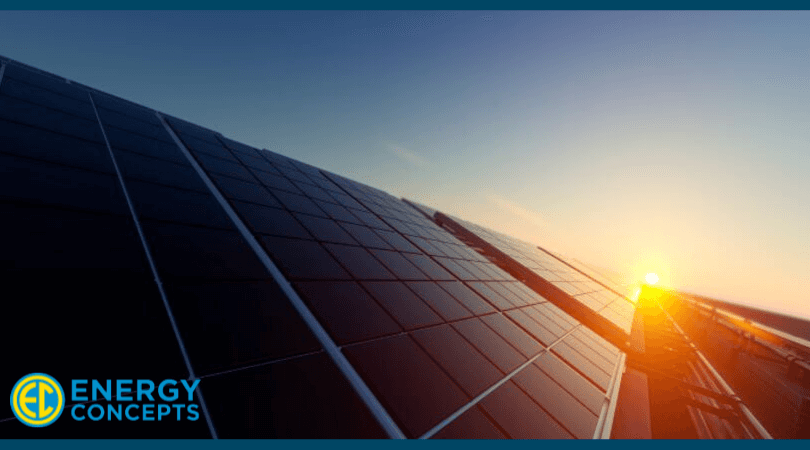4 Facts About the Sun

Even if you know absolutely nothing about solar panels and the way they work, you likely understand that they’re powered by the sun. Keep reading for interesting facts about the sun and how these factors impact your solar panels!
-
Size
The sun is a yellow dwarf, which is a fairly common type of star, this also means it’s fairly average in size. Other solar systems have stars that are up to 100 times larger than our sun. It’s approximately halfway through its life and will burn through its hydrogen stores for another 5 billion years before dying out and moving to its next phase of life.
However, in terms of our solar system, the sun is massive. It makes up 99.8% of the solar system in terms of total mass, and nearly one million Earths could fit inside of the sun.

-
Distance
The sun is more than 90 million miles from planet Earth, yet it only takes 8 minutes for light from the sun to reach the surface of the planet.
The furthest planet (or dwarf planet) from the sun is 2.75 billion miles from the sun, and it takes 248 Earth years to orbit around the sun.
-
Temperature
The temperatures inside of the sun can reach up to 27,000,000 degrees Fahrenheit, while the surface is about 10,000 degrees Fahrenheit.
The sun generates this much energy through a process called nuclear fusion in the core of the star. Nuclear fusion is the conversion of hydrogen to helium.

-
Solar Winds
The sun is generally very spherical in shape, there’s only a 6-mile difference between the polar and equatorial diameters, but it does generate solar winds that can be so large, they distort the shape of the star.
The famous phenomenons known as the Aurora Borealis and Aurora Australis are caused by the interaction of solar winds with the atmosphere of Earth.
Even with its immense distance from Earth, the sun is still able to generate more than enough energy to power our planet. In fact, according to the US Energy Information Administration, we would only need to cover 191,817 square miles of the planet with solar panels to power the entire world with solar energy.
